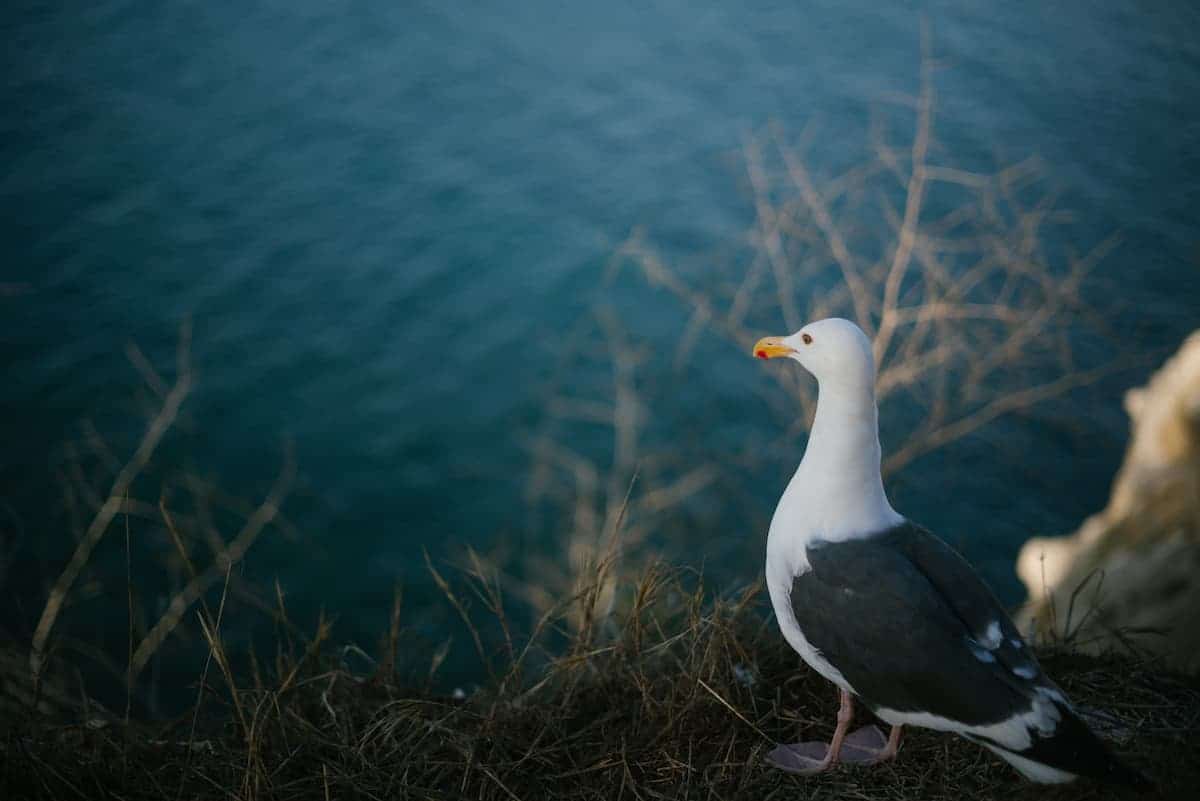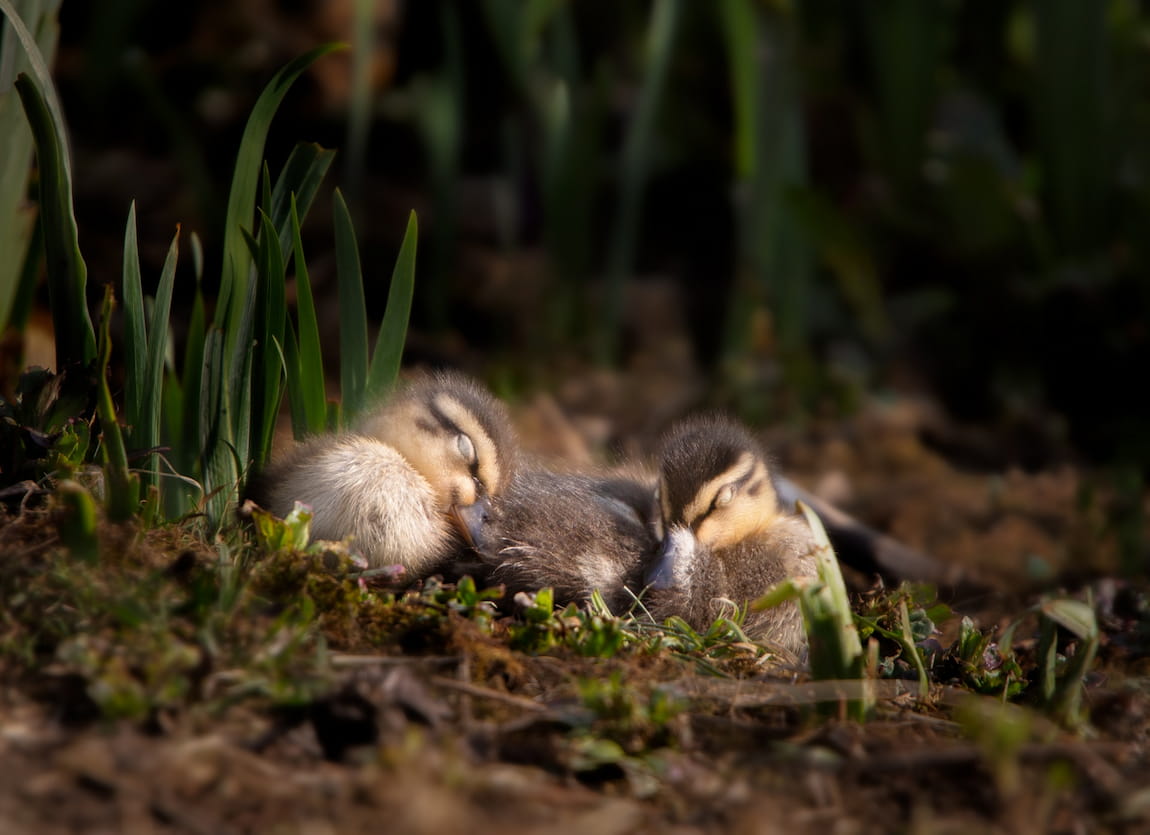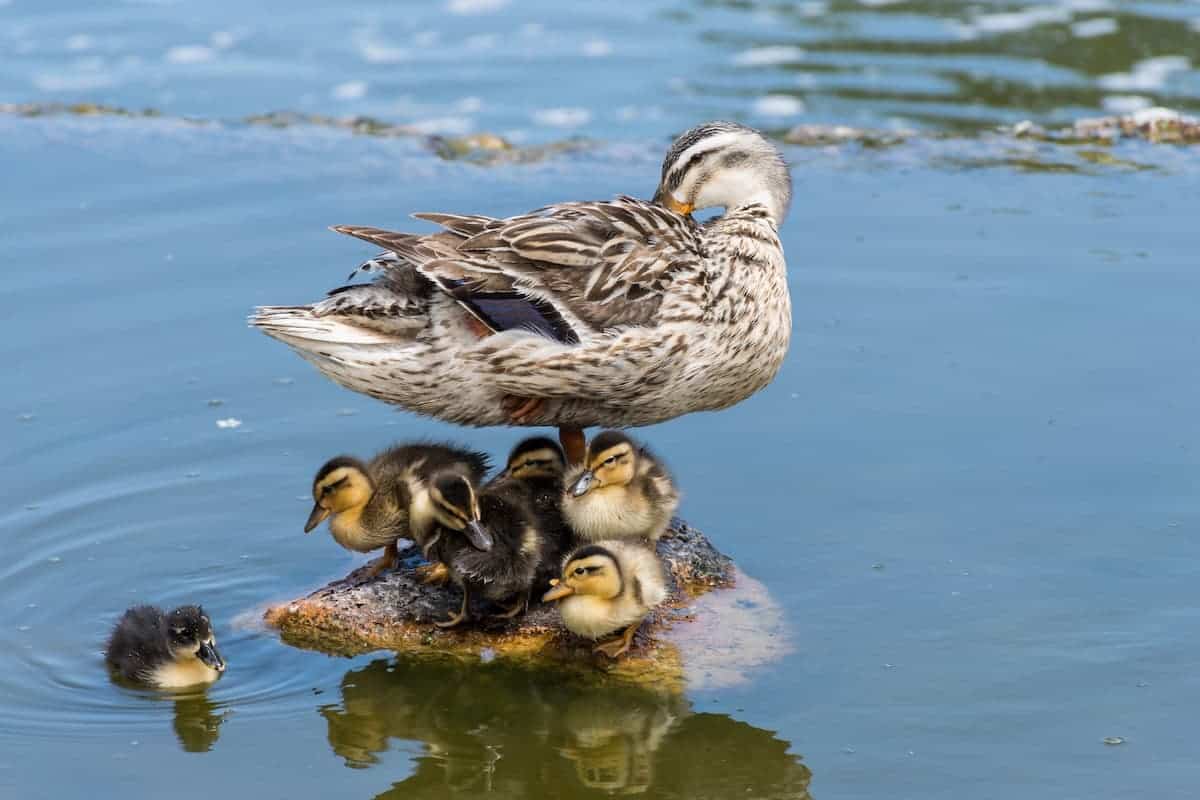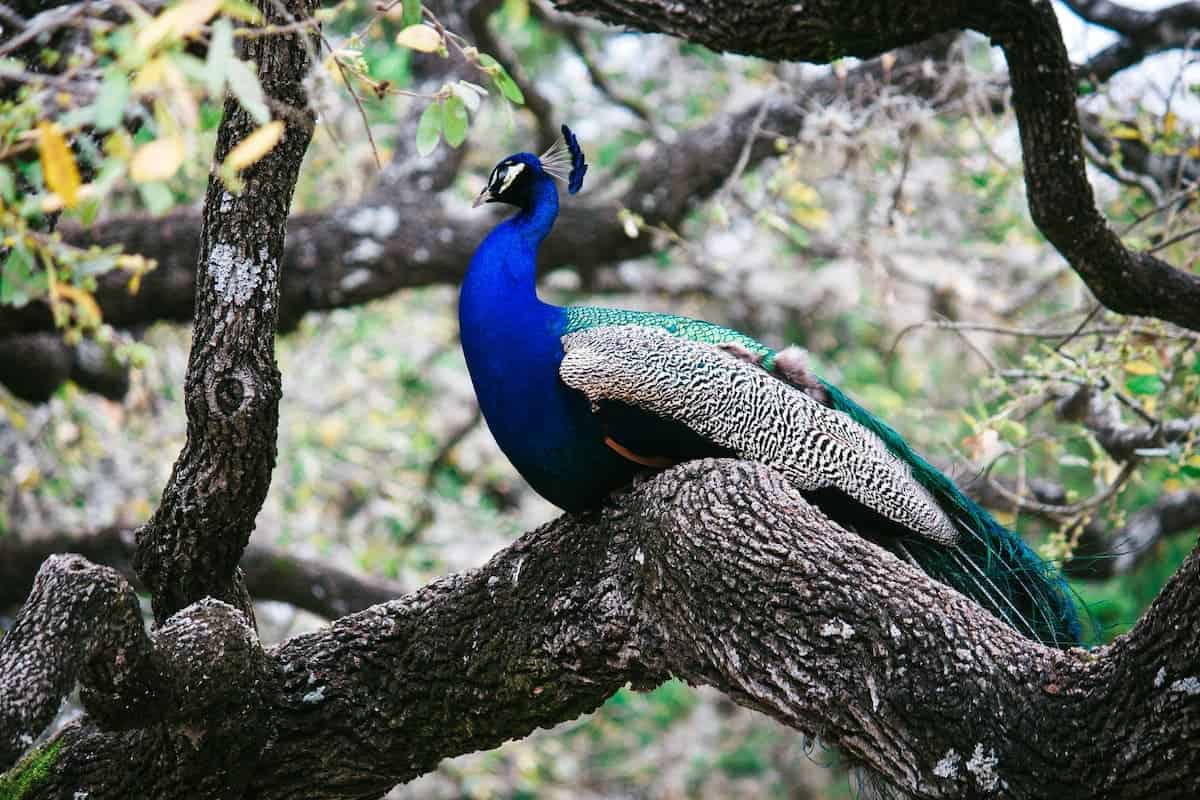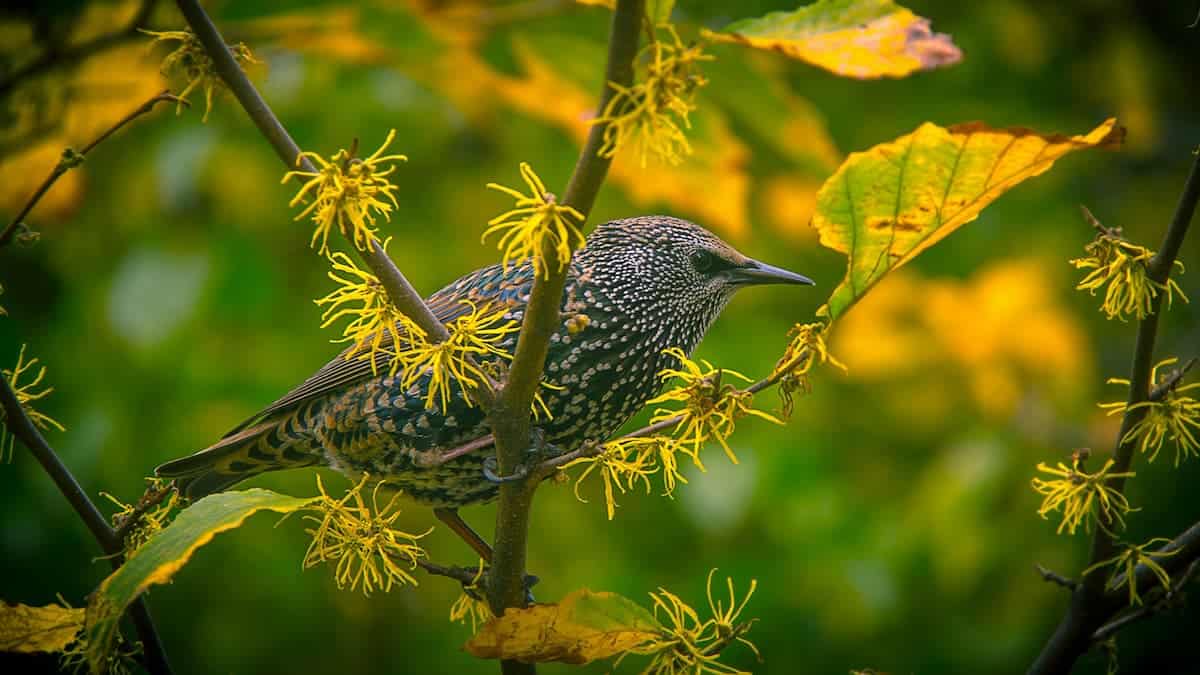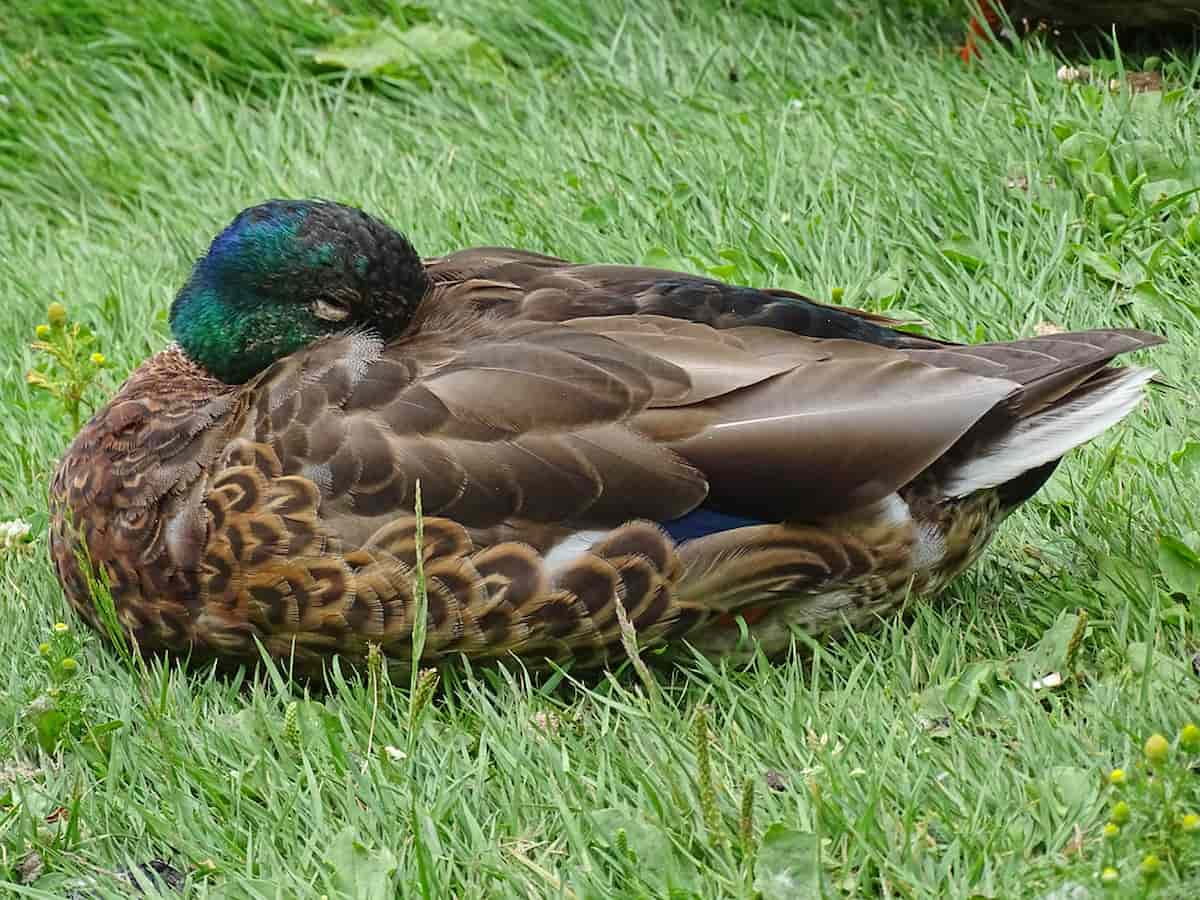Seagulls (or ‘gulls’ as they should be called) are typically seen circling the beach or seaside towns, but have you ever wondered where they sleep at night?
If you have ever found yourself wondering where gulls sleep at night, then you are in luck. In this article, we will cover where gulls sleep and whether different species have different roosting habits or location preferences.
There are six species of gull that breed and nest regularly within the United Kingdom:
- Herring gull (most commonly associated with the term ‘seagull’)
- Lesser black-backed gull
- Great black-backed gull
- Common gull
- Black-headed gull
- Kittiwake
But where do these different species of gull sleep?
Where do gulls like to sleep?
Like many other birds, gulls are not choosy when looking for a place to sleep at night. Ideally, they look for spots to perch away from predators whilst staying sheltered from the elements.
One of the most popular spots for gulls to rest is on the sand bars and sandy shores next to the sea. After all, not many land-based predators will venture to these places.
You can also find gulls sleeping on the harder to reach areas of boats and other seaborne vessels. In fairer weather, the less accessible areas on the decks of boats make for perfect spots for gulls to rest undisturbed.
If you live in a city, you will probably find gulls resting on the outcrops, fixtures and fittings of many buildings. Gulls aren’t particular when it comes to man-made vs natural surroundings, so human buildings make for perfectly safe places for gulls to sleep away from danger.
Do gulls sleep on the water?
Gulls also take advantage of their watery surroundings by sleeping on the surface of the water. There are few oceanic predators capable of eating a whole gull that live close to the shore or in lakes, so gulls can sleep calmly on the surface of the water – provided that the weather is good. Foxes, cats, and other land-based predators are unlikely to venture into rivers, lakes, or the sea to catch a gull for dinner and gulls can sense vibrations of approaching predators through the water. This allows them to stay safe whilst they sleep.
Do different species of gulls have different sleeping locations?
Gulls are primarily diurnal (asleep at night and awake in the day) and often live close to bodies of water. Therefore, most species of gull have similar sleeping patterns and choose similar locations in which they choose to sleep. This is why you can often find different species of gulls gathered together in one place.They are all taking advantage of the same feeding and sleeping locations.
What’s the difference between sleeping and nesting?
Nesting and sleeping are two very different things for birds like gulls. Sleeping is something that gulls do every night, whereas nesting is reserved specifically for when they have eggs to incubate and young birds to raise. Just as the different species of gulls search for similar places to sleep, so too do they look for similar places to nest.
Where do gulls nest?
All gulls will attempt to find locations to nest that are far away from predators and egg thieves. Those locations frequently end up being on the faces of cliffs or other rocky outcrops that are difficult for all but the most dextrous predators to access or sand dunes and islands off the coast. They also take advantage of buildings if they can.
Gulls are also quite large birds, so many branches and twigs won’t support their bulk (and they are made bulkier through easy access to our leftovers!).
To make their nests, gulls will construct a cup out of dried twigs and grasses and then lay a clutch of between 2-4 eggs that will be incubated by both the male and female gull for roughly a month between May and June. However, different gulls do have slightly different breeding schedules.
Can you stop gulls from sleeping on buildings?
Yes, you can stop gulls from sleeping on buildings, as they can be a bit of a nuisance – though they can be pretty challenging to deter.
If you place slender spikes along the edges of your windows and outcrops, this will make it very difficult for gulls to land and will deter them from sleeping there.
How Do Seagulls Sleep
Seagulls typically sleep standing up and may tuck their beaks into their feathers to stay warm. They also sleep with their eyes closed. Seagulls look for sleeping areas that are free of predators and noise.
Yet, there is more to the sleep habits of seagulls.
Want to learn more about How Do Seagulls Sleep click the button below
Conclusion
Being waterborne birds bred for coastal habitation, gulls are most comfortable sleeping on the water’s surface near the shoreline, away from would-be predators.
However, gulls are highly adaptable birds and have easily learned to live alongside humans, meaning they can also be found sleeping in secluded areas within towns and cities. They fly and sleep closest to wherever they can find food (which often comes by way of stealing it from us!).
